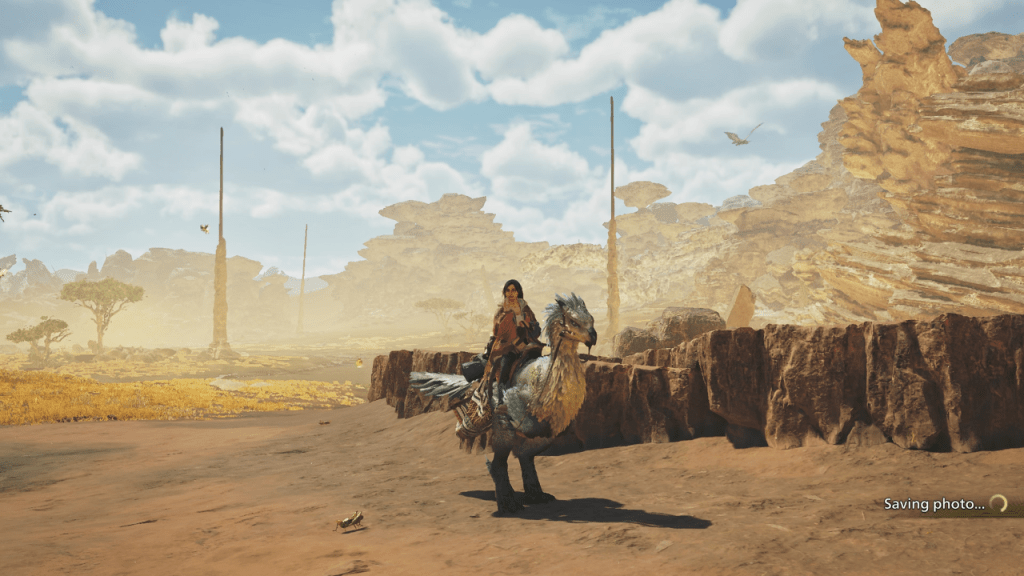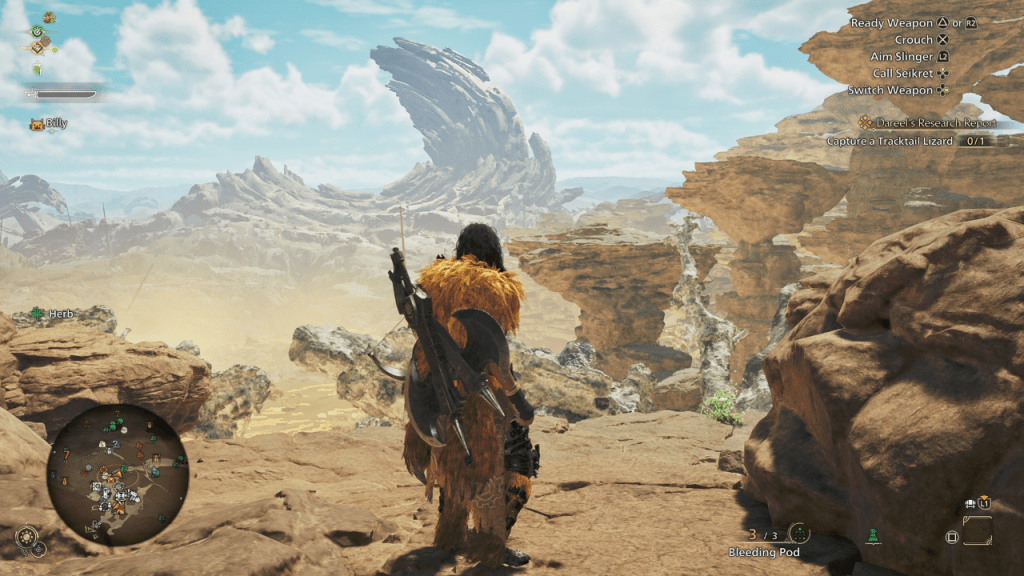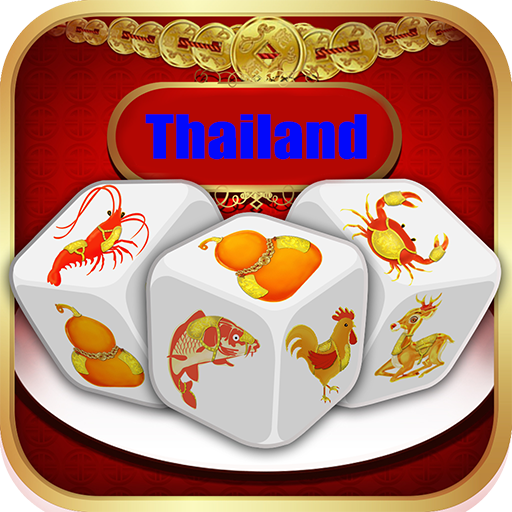In *Monster Hunter Wilds*, the dynamic interplay of seasons and weather in the Forbidden Lands significantly impacts gameplay, far beyond mere visual changes. Understanding these elements is crucial for any Hunter looking to navigate the game's challenges effectively. Here's a comprehensive look at how seasons and weather affect your adventures in *Monster Hunter Wilds*.
Monster Hunter Wilds Seasons, Explained

*Monster Hunter Wilds* features two distinct seasons that shape the Forbidden Lands: Fallow and Plenty. The game begins during the Fallow season, characterized by a harsh environment and intense weather conditions. During Fallow, resources are scarce, leading to increased aggression among monsters, who often engage in territorial battles more frequently than in other seasons.
In contrast, the Plenty season brings a warmer, more inviting atmosphere to the Forbidden Lands. This season is marked by an abundance of flora and a more colorful environment. Small monsters are less aggressive and less likely to travel in packs. The Plenty season lives up to its name, making it easier to find Endemic Life and various plants, much to the delight of both the villagers and *Monster Hunter Wilds* players.
Between these seasons, you'll encounter brief but intense weather events known as Inclemency. These events heighten the weather's intensity, setting the stage for dramatic battles with Apex Predators. For instance, during the Pinnacle of the Pack Assignment, Hunters face the Alpha Doshaguma amidst the Sandtide, a fierce lightning-filled sandstorm. Throughout the game, you'll encounter various unique weather events that add an extra layer of challenge and excitement to your encounters with Apex Predators.
How To Check the Seasons and Weather in Monster Hunter Wilds

To stay informed about the current season and weather, utilize the game's HUD and map features. The HUD displays icons in the bottom left corner, indicating the time of day and the current season. For more detailed insights, access your map and press the prompted button to view the Environment Overview, which provides comprehensive information on the prevailing weather and seasonal conditions.
Additionally, Optional Quests in *Monster Hunter Wilds* come with specific times of day and seasons, temporarily transporting you to those conditions regardless of the current season in the main game environment.
How To Change the Season and Weather in Monster Hunter Wilds
Given the significant impact of seasons on the flora and fauna of the Forbidden Lands, you may find it advantageous to switch between Fallow and Plenty depending on your hunting needs. Fortunately, *Monster Hunter Wilds* allows you to adjust the season and weather.
To do so, you'll need to set up your tent and rest. Once inside your tent, navigate to the BBQ Menu and select the Rest option. Here, you can choose the Environment and Time you want your Hunter to wake up in. However, keep in mind that resting comes at a cost of 300 Guild Points and is only available to High Rank Hunters. Also, note that you cannot rest during an active quest.
Understanding and adapting to the seasons and weather in *Monster Hunter Wilds* is essential for mastering the game's dynamic environment and excelling in your hunts. Whether facing the harsh realities of Fallow or enjoying the bounty of Plenty, each season offers unique challenges and opportunities for Hunters in the Forbidden Lands.
*Monster Hunter Wilds* is now available on PlayStation, Xbox, and PC, inviting players to explore its richly varied world influenced by ever-changing seasons and weather patterns.






























